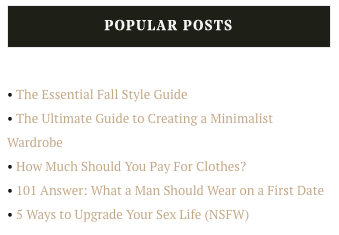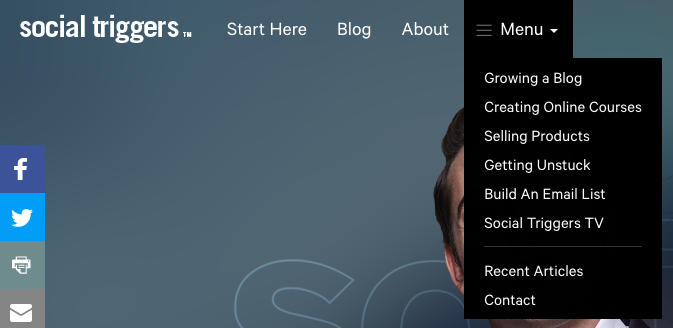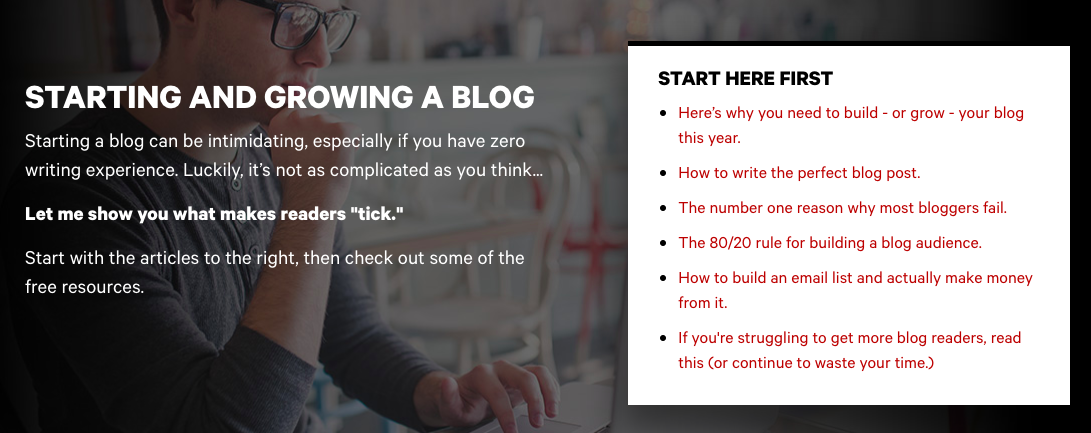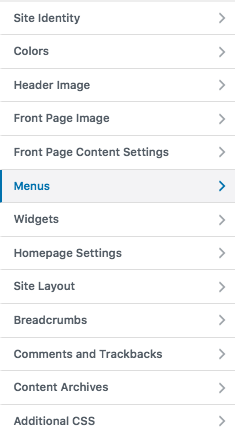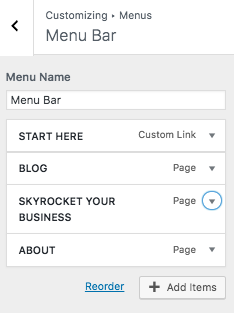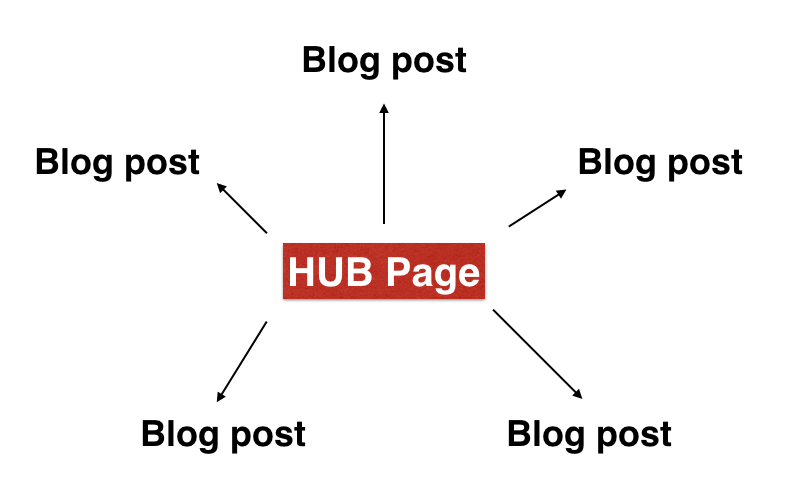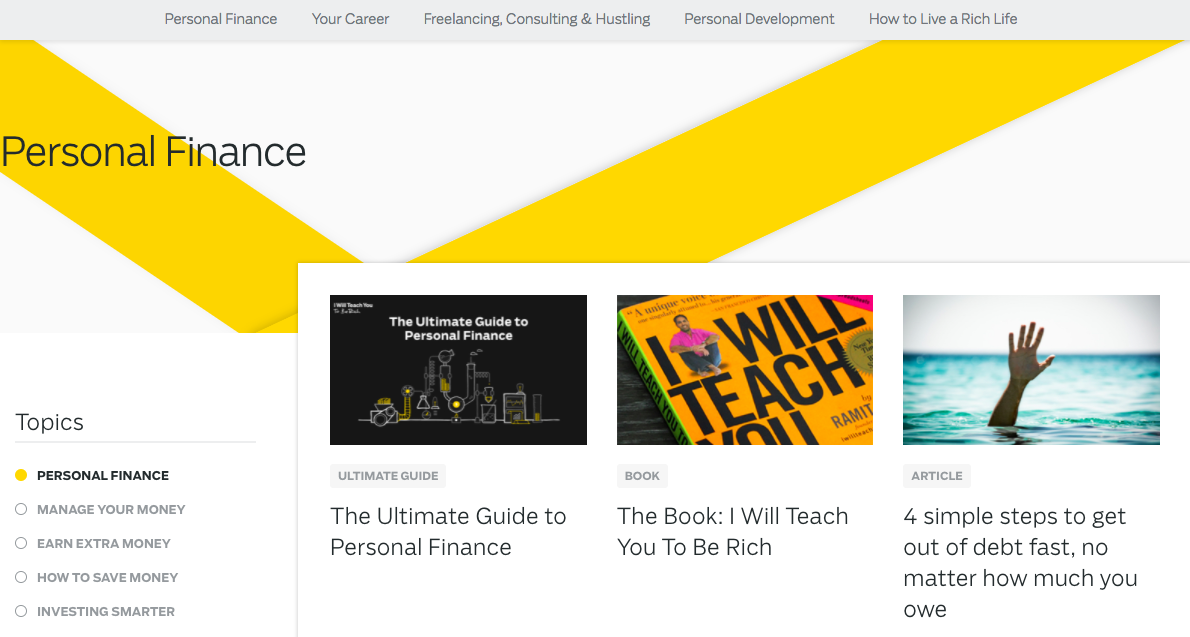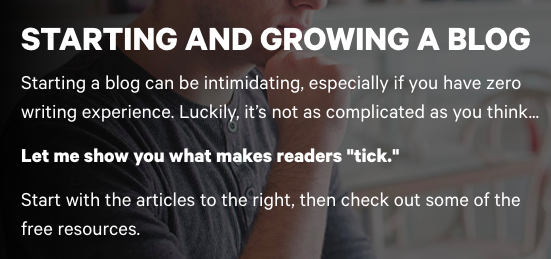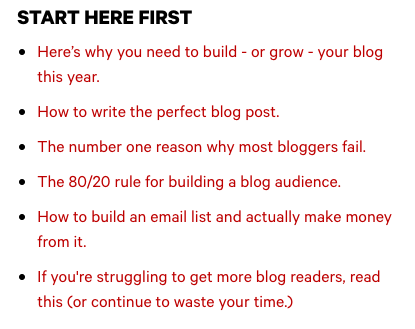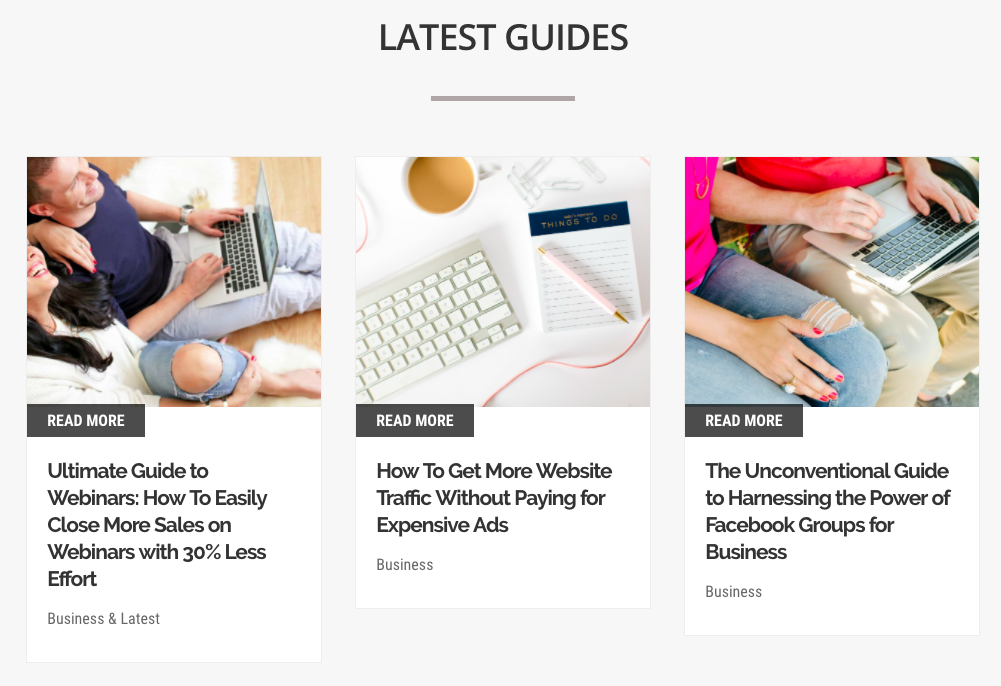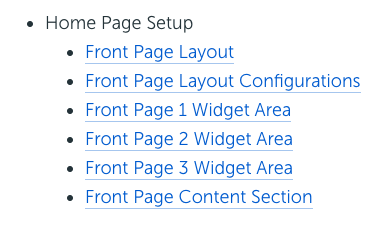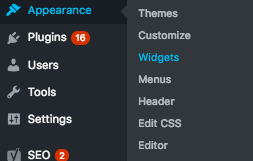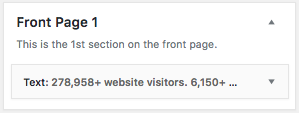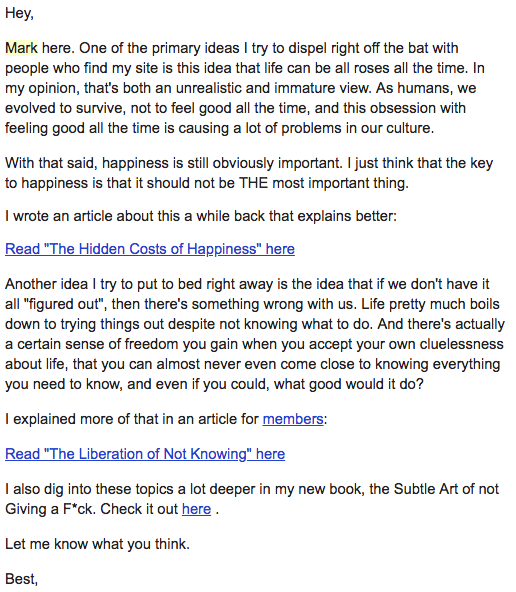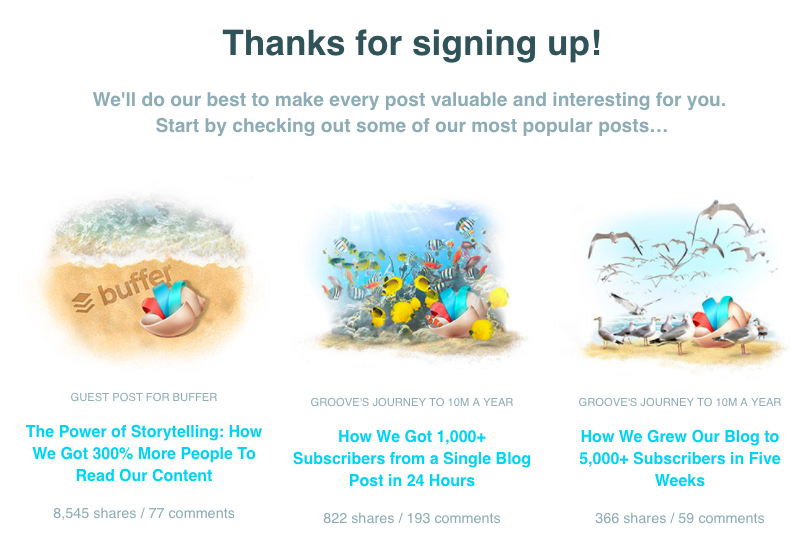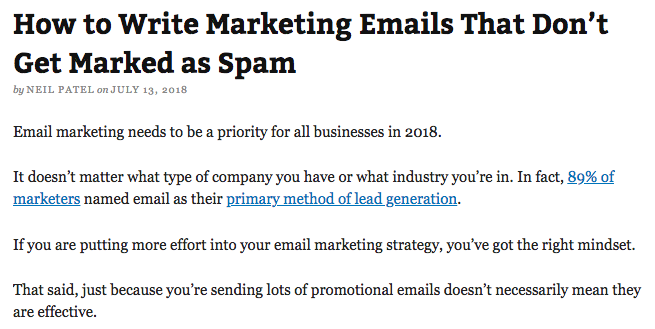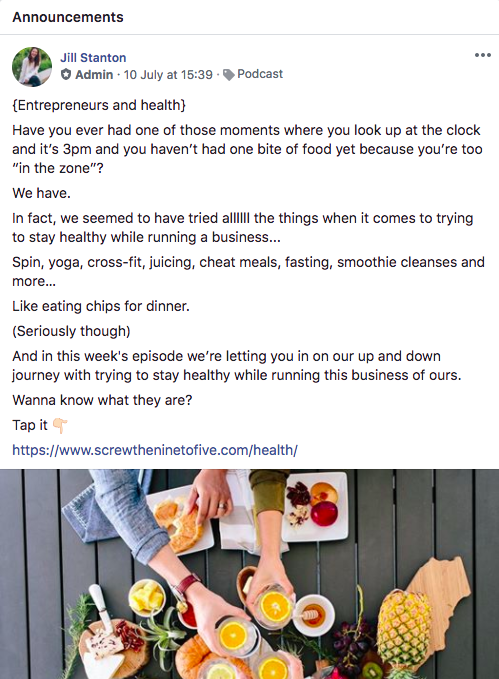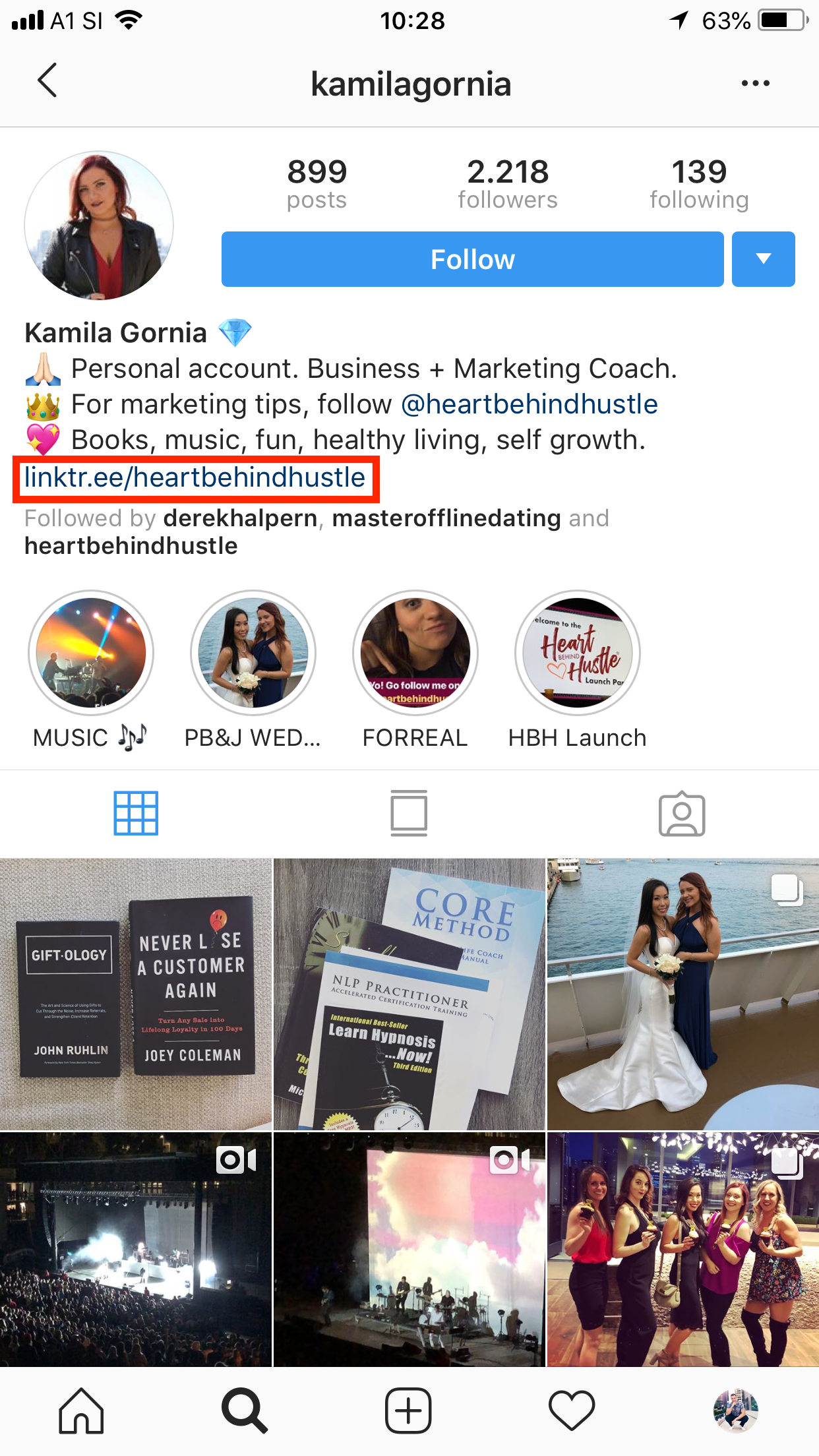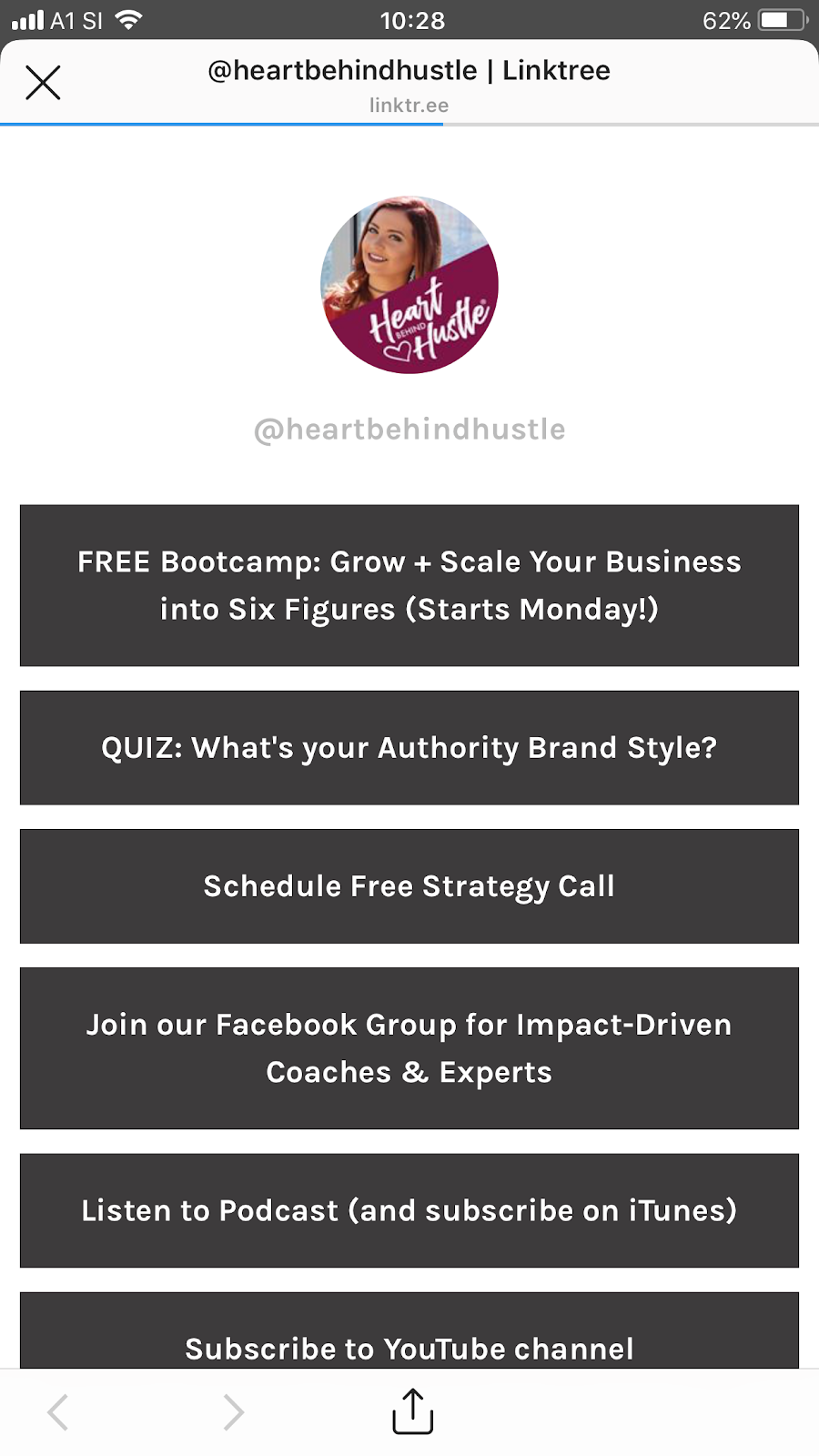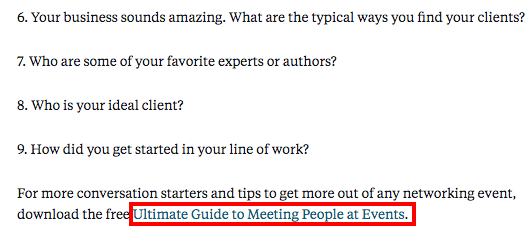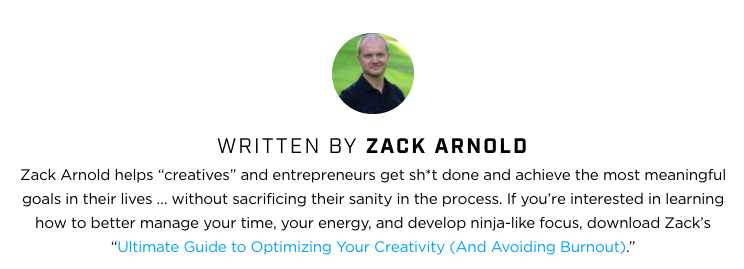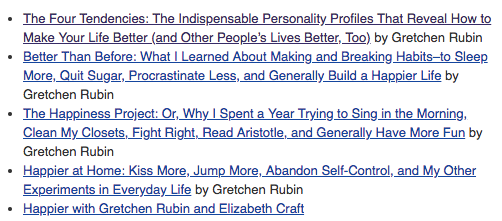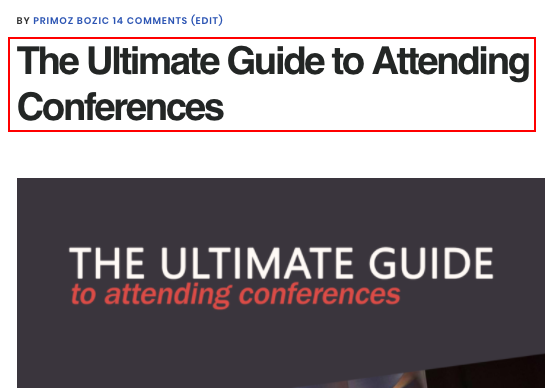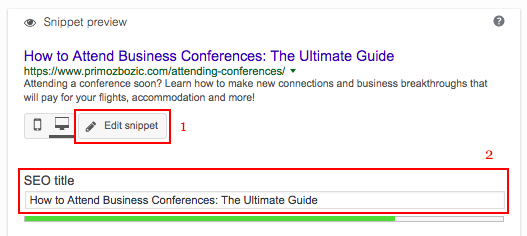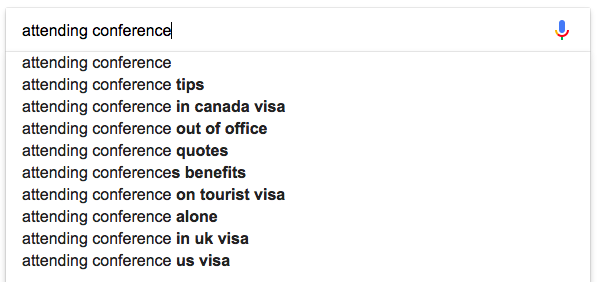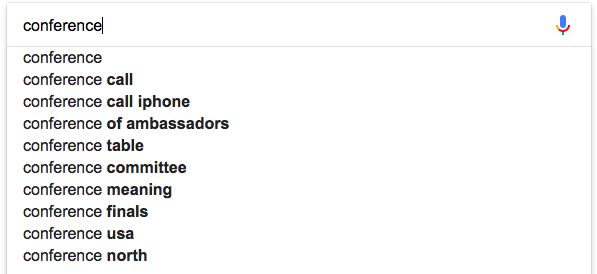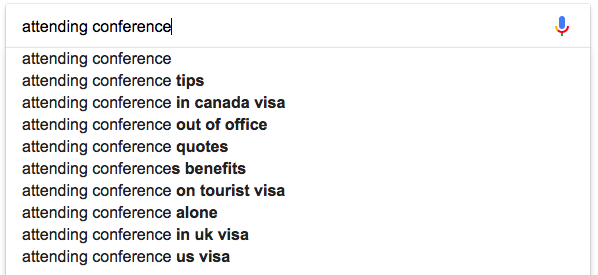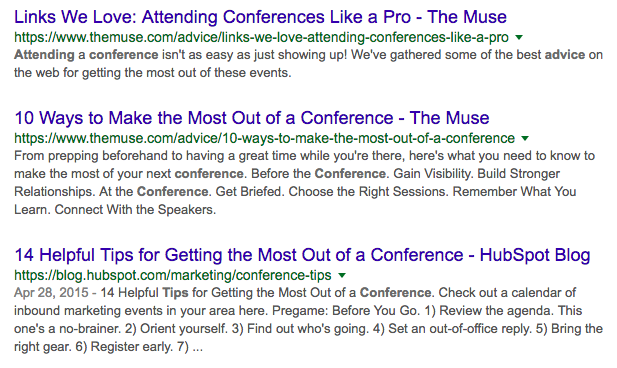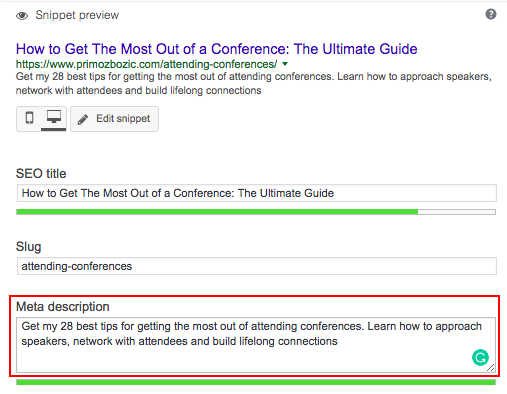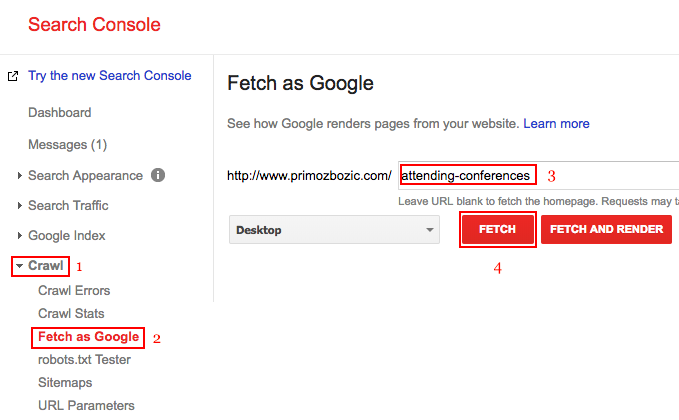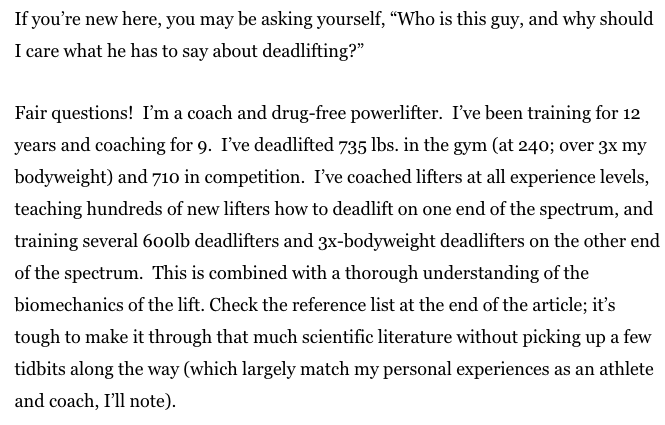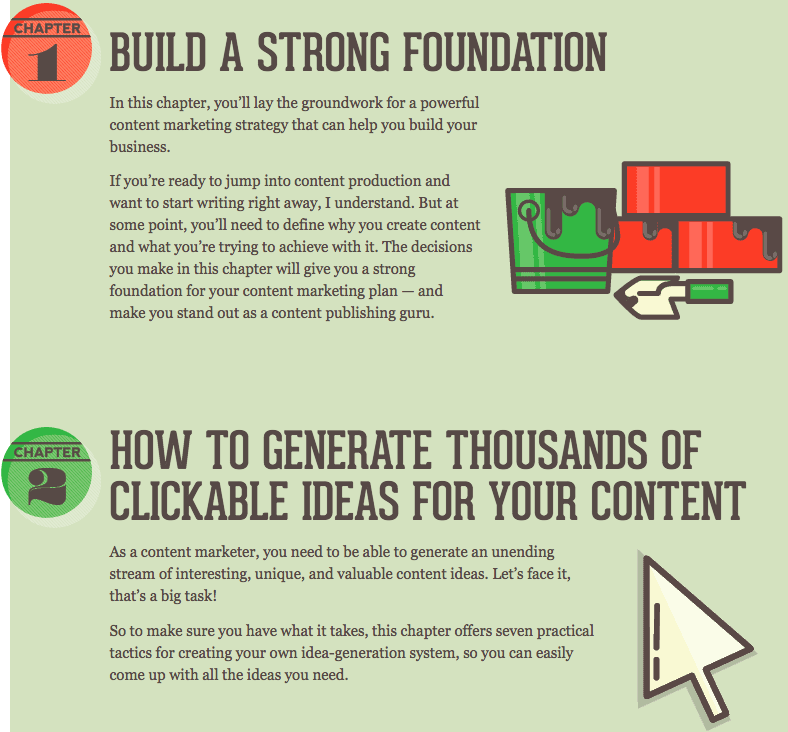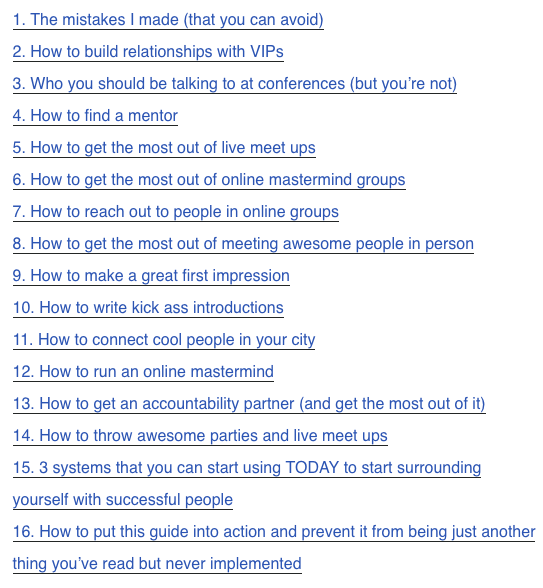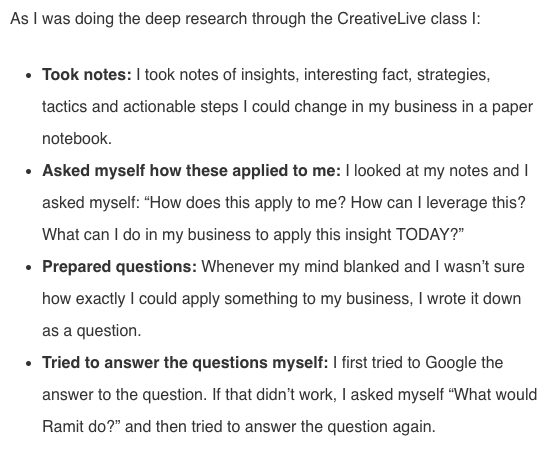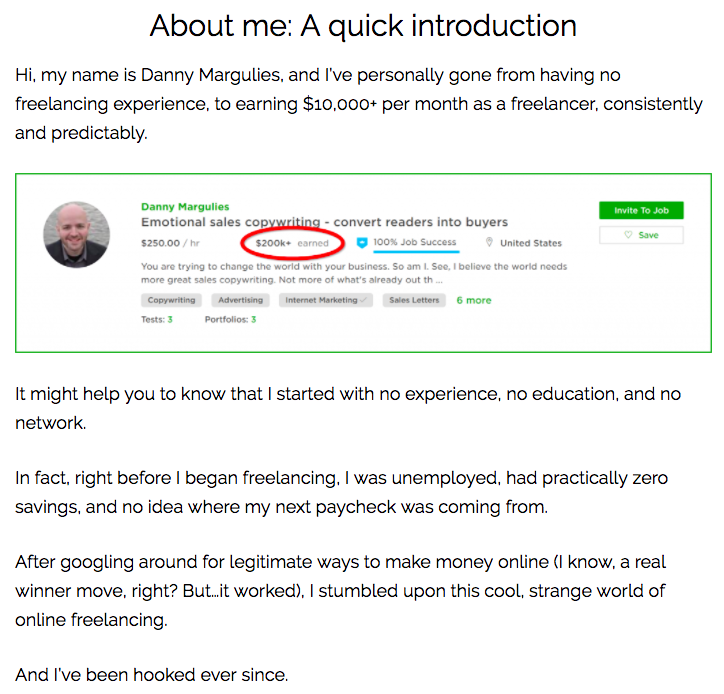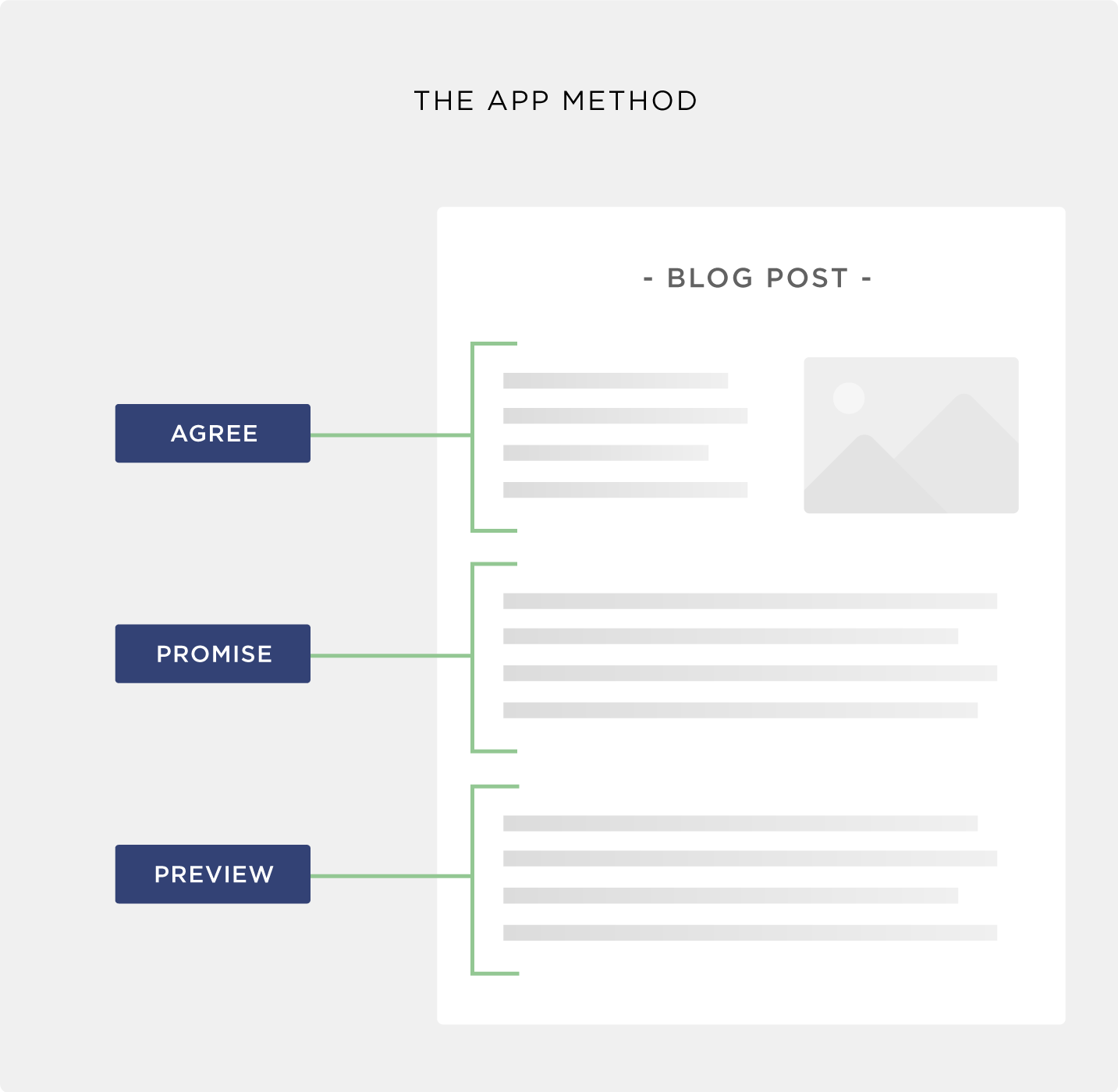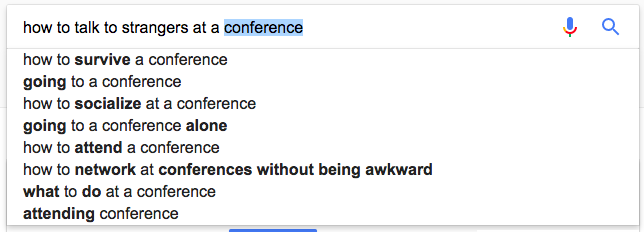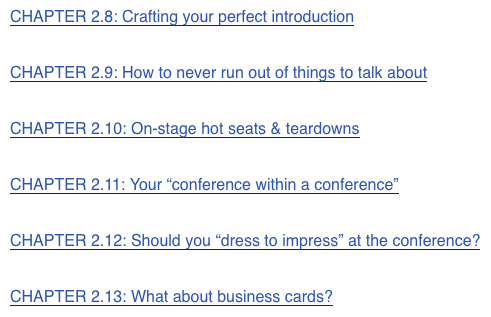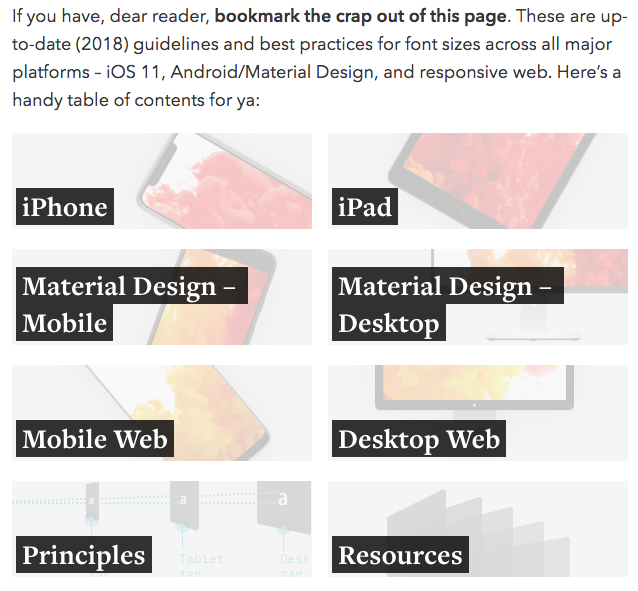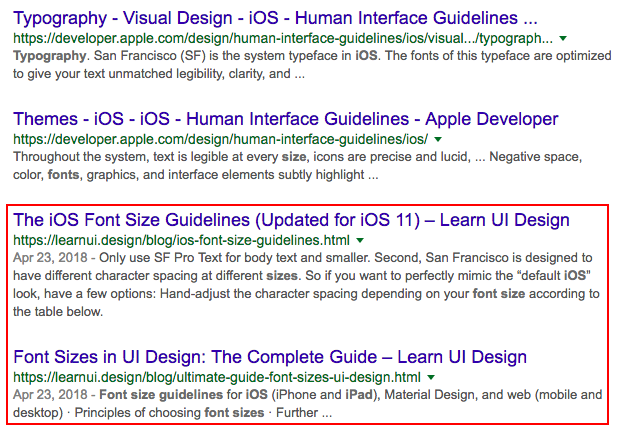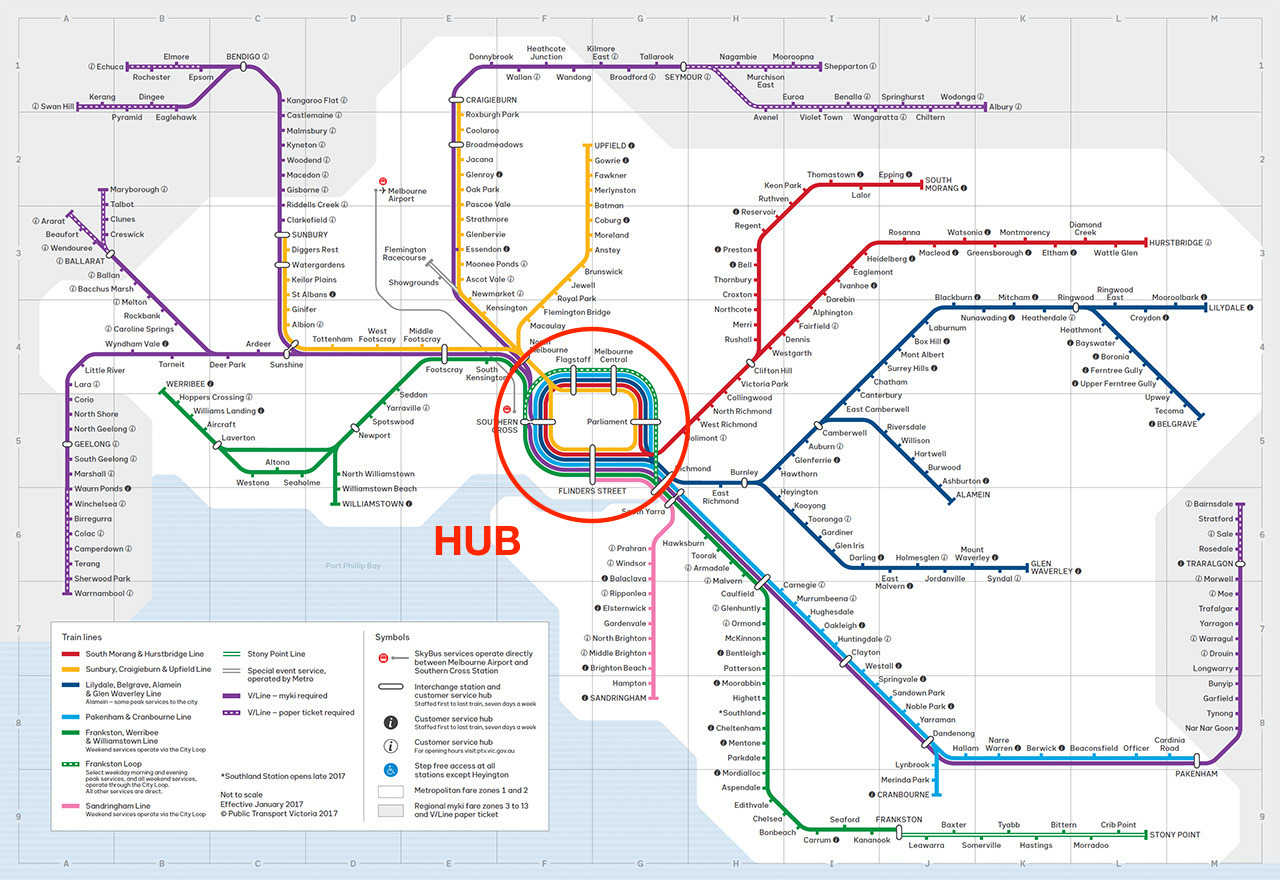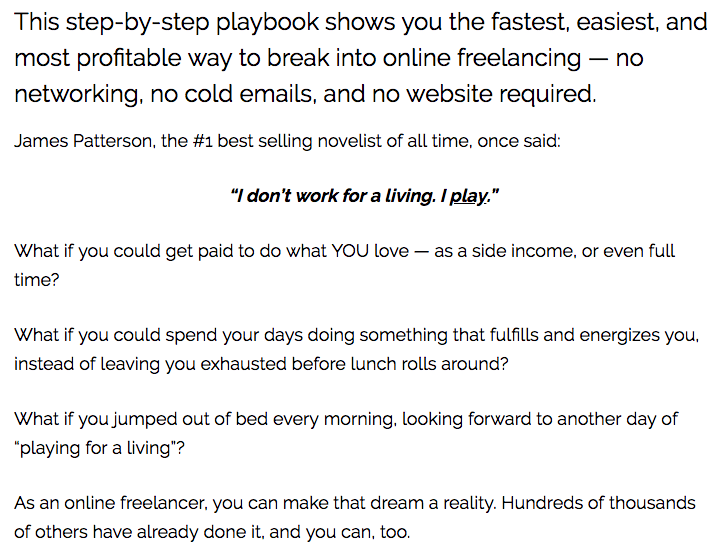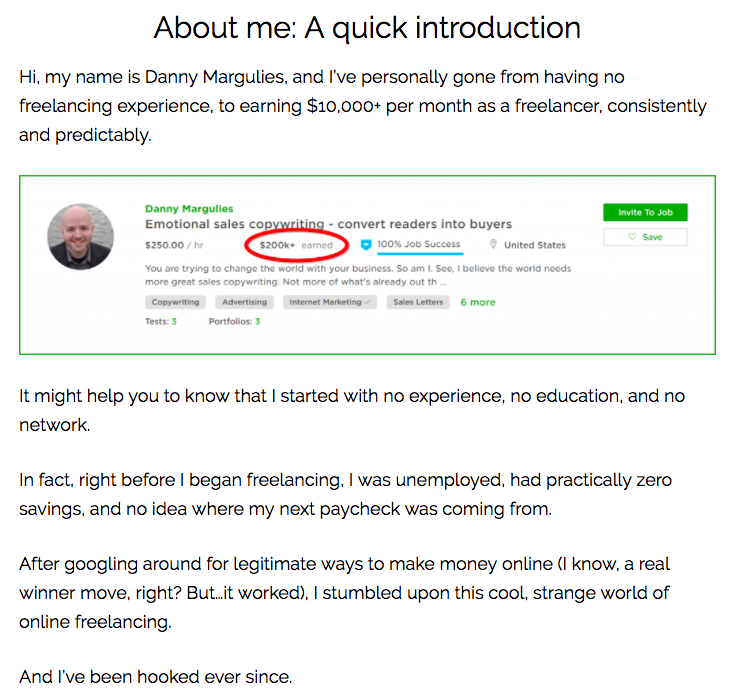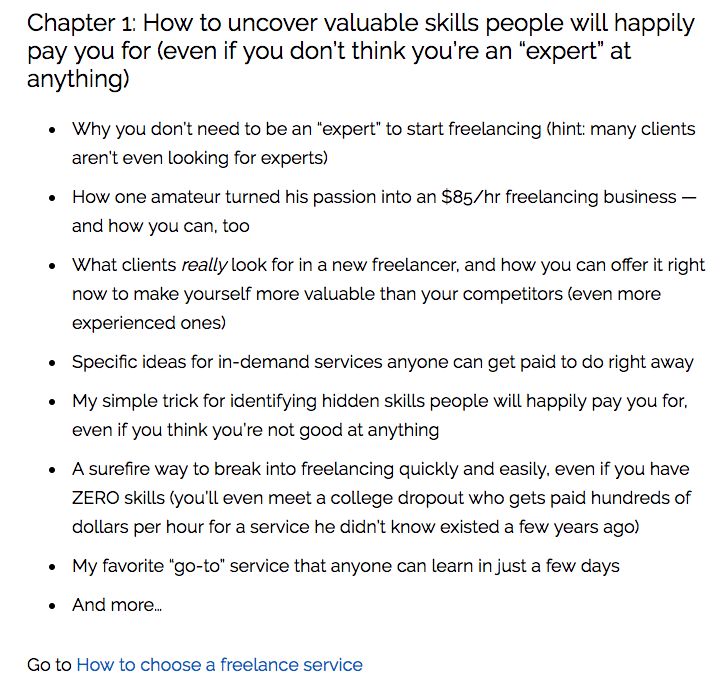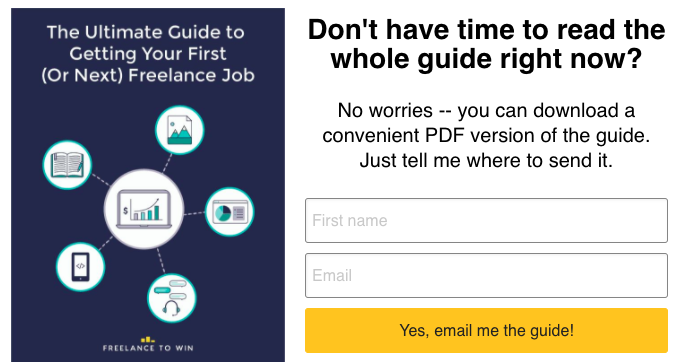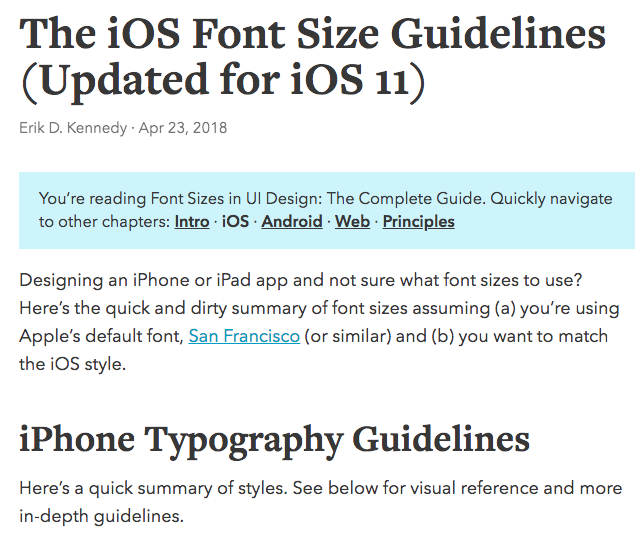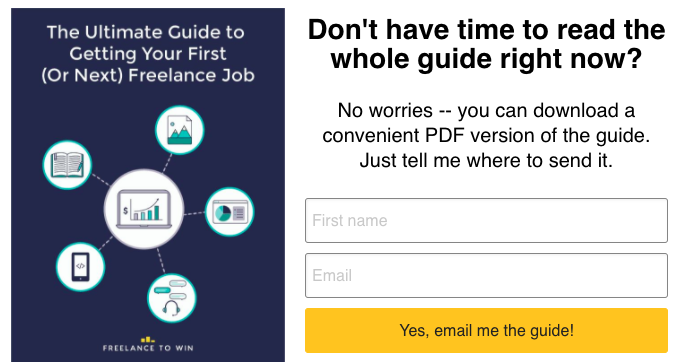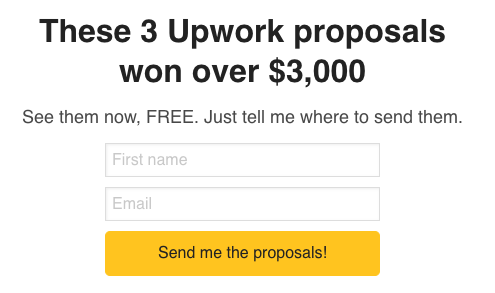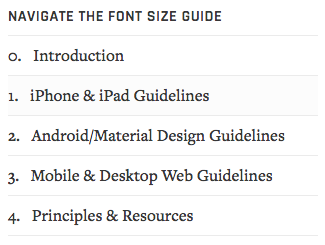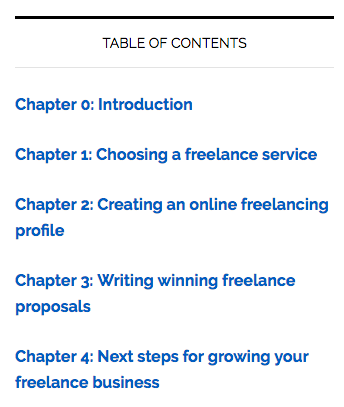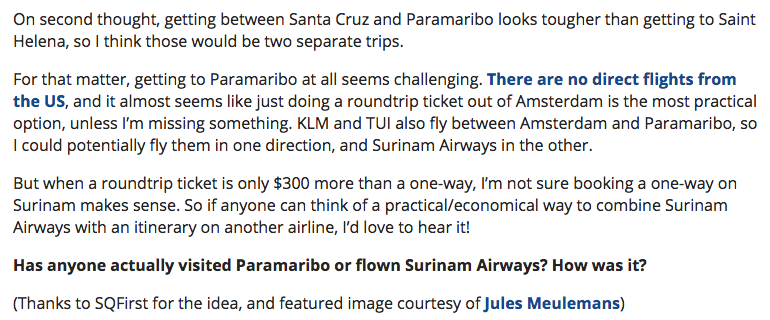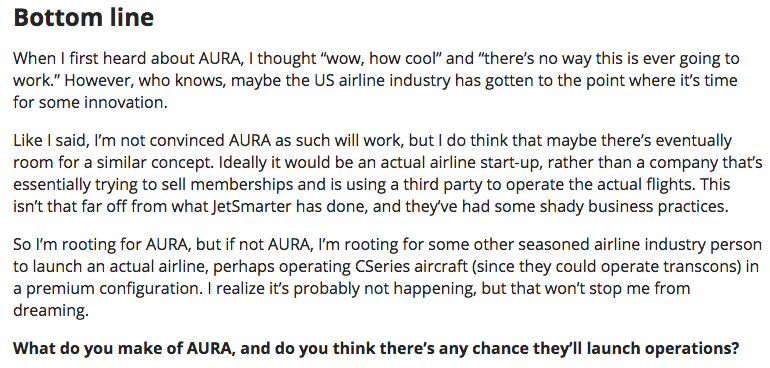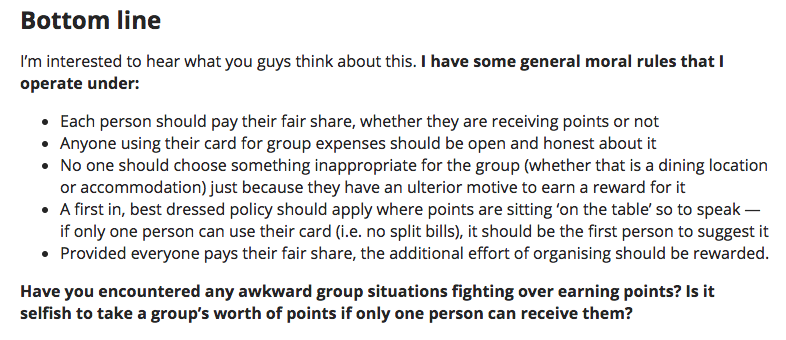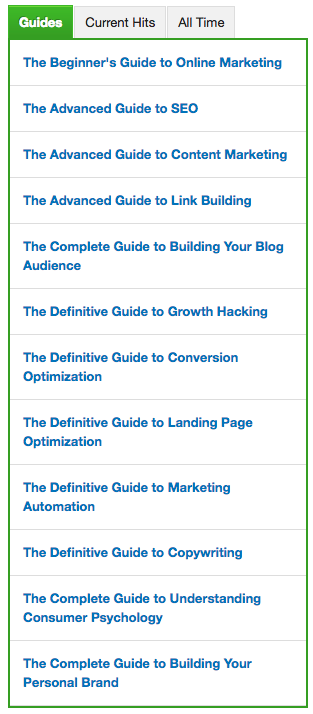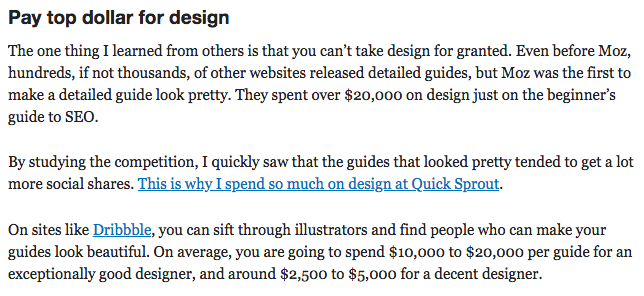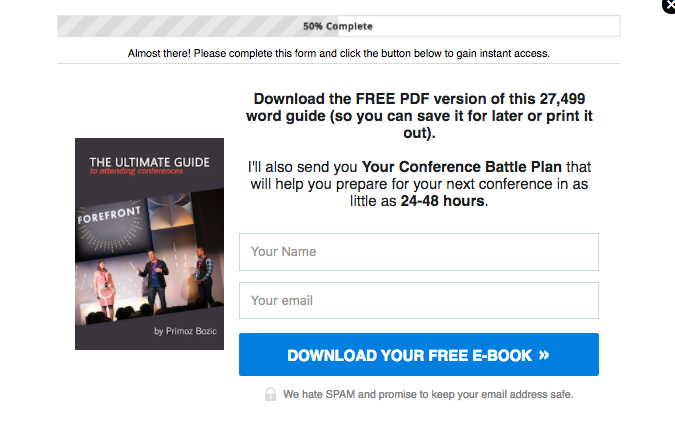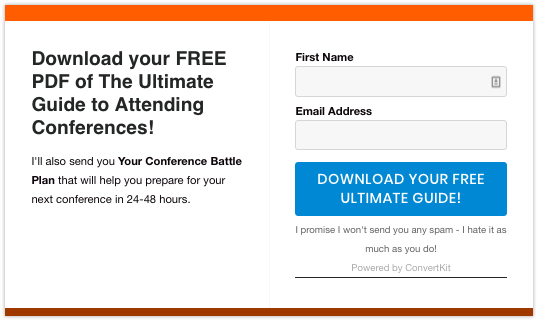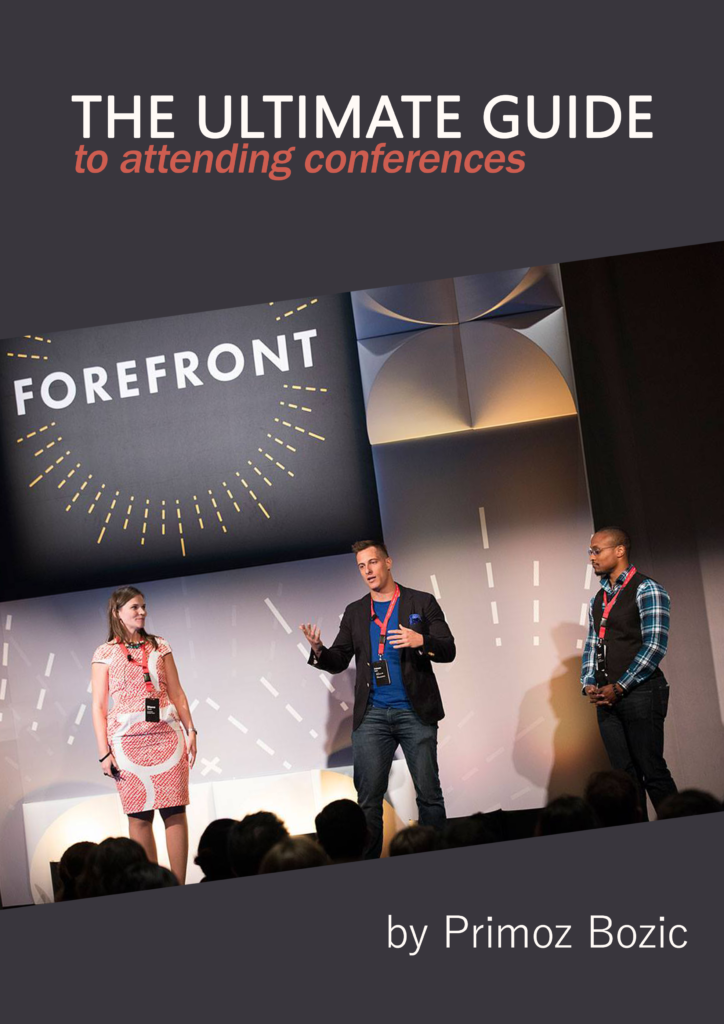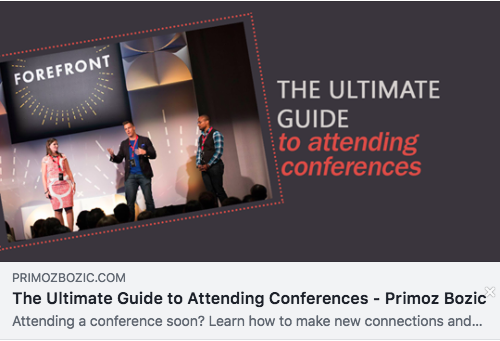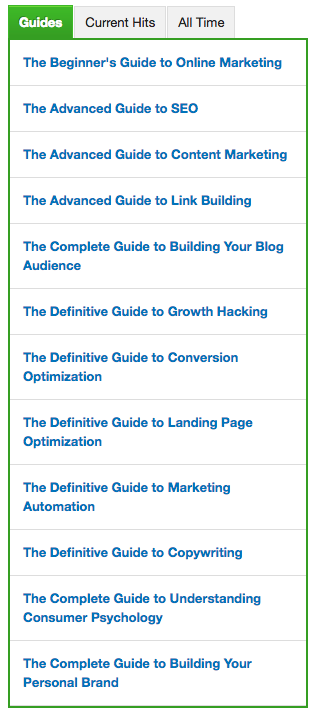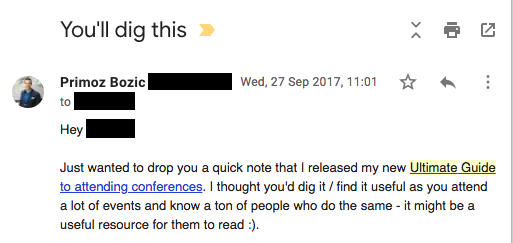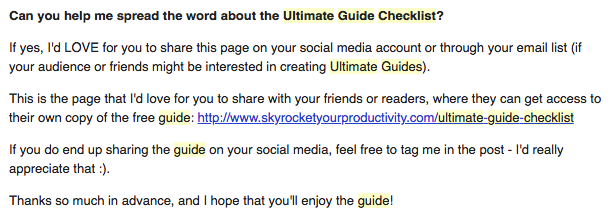I was always curious about writing:
- How can we sit down to write consistently every day (even when we don’t feel like it or don’t have the time to write)?
- Is it possible to learn how to write, edit and publish content faster, and if yes, how?
- Do we have to be “born writers” to create great content or can we actually learn how to write better without decades of practice?
To find the answers to these questions, I ran a lot of writing experiments over the past few years:
- I’ve written everything from 500-word blog post to 26,000-word e-books to see what it’s like to write different types of content
- I wanted to see how much I was capable of writing and challenged myself to write 100,000+ words in a month, which I successfully accomplished (that’s the length of an average novel, or a 200-page Google Document)
- I’ve gone through tens of books and courses on writing from famous authors like Stephen King, Malcolm Gladwell and others, as well as established copywriters
And over time, I felt like I had a pretty good grasp on my writing.
I began to understand what helps me write more, and which obstacles are the most likely to prevent me from writing.
I figured out when I can write fast, and when I’m destined to write slow (and how to work around it).
I also learned how to silence my “inner critic” that often made me feel anxious about writing and learned how to write regardless of the thoughts in my head telling me “my writing isn’t good enough”.
As I did that, writing all of a sudden became this fun and enjoyable way to share ideas again, rather than the thing I “had to do” that created a lot of pressure in my head.
I loved that because writing was my favorite way to share my ideas with the world and help thousands of people with my knowledge, and I would have hated for anything to come in-between that.
The unexpected results of my online course about Ultimate Guides
Then, as I created an online course on writing 20,000+ word Ultimate Guides, I faced another challenge: I had to help my students write content that’s 10-20x longer than anything they’ve ever written before.
To my surprise, this went way better than expected.
Sure, the writing itself wasn’t easy, but with the right amount of support, training and accountability, the majority of my students managed to successfully write and publish their ultra-long guides within a few weeks or months.
I also noticed how every single person that went through the program ended up becoming a much better writer at the end of the program, which I didn’t expect at all.
But when I dug into it, it all started to make sense. In the program, we talked about a lot of different aspects of writing (from finding ideas what to write about to outlining to editing).
This means that they got to practice all of these concepts on a much larger scale than they did before (as writing an Ultimate Guide is the equivalent to writing 10 really good blog posts over a 1-month period), and they got better with practice.
I also made it a point to review all of their guides and give them feedback on them to make them better, which was another big factor in helping them become better writers.
“Now what?”
But after we finished the program, I noticed an interesting phenomenon.
I realized that a lot of my students were left wondering “now what?”, and after publishing a huge piece of content, they lost the momentum to keep writing.
I could see how they attempted to write a few blog posts, but then many of them fell back into their old writing habits and stopped writing regularly.
That didn’t feel right to me because I wanted them to use their guides as a spring board to continue growing their business, not as a major project they accomplish, but don’t know how to move on from.
That’s when I decided to get to the bottom of this issue.
I would figure out a way to help entrepreneurs write more, no matter what.
So I buckled down and did more research.
It all started with a survey…
I sent out a quick survey on writing to my readers about their experiences and challenges around writing:
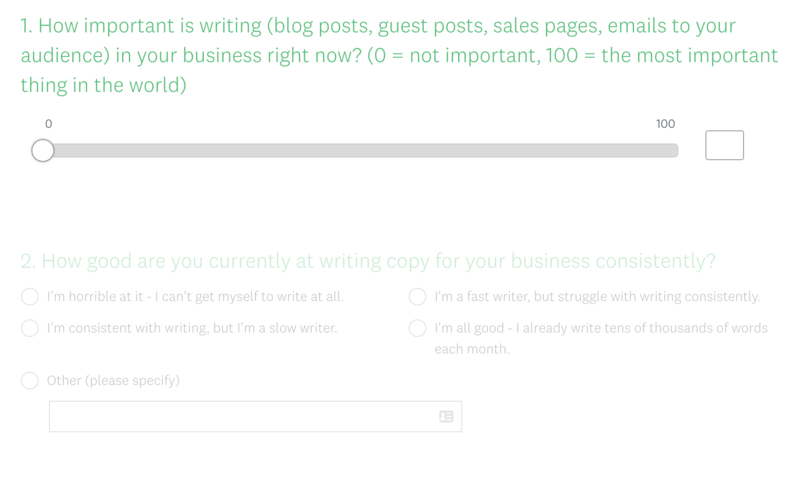
The 81 survey responses absolutely blew me away.
The first interesting data point came from the question “How important is writing in your business right now on a scale of 1-100?”
The average response? 77/100.
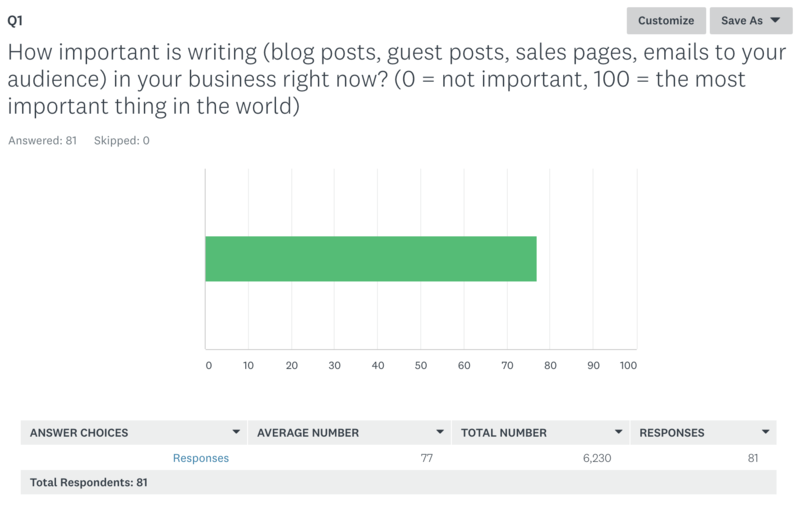
This response was supported by comments like:



That’s when I immediately knew something was there.
There was a BIG problem a lot of entrepreneurs faced around writing, and based on the research I did, nobody was solving it for them.
There are plenty of online courses on copywriting, BUT…
Sure, there are plenty of online courses on copywriting, and many of them are really good. But I couldn’t really find anything that would help entrepreneurs and copywriters write more, at least not in the shape I wanted it to be.
As I dug deeper into the responses of my readers, I’ve found many specific challenges they had about writing like:
- I know how to write consistently, but I’m a really slow writer
- The hardest thing for me is to sit down to write
- I don’t know how to balance writing with client work
- I have times where I can write thousands of words, but then I have months of “dry spells” when I don’t write at all
- I feel like I’m sitting on a graveyard of unfinished blog post ideas
- … (and a lot more)
I’ve found many of these responses fascinating and I wanted to understand what my readers were going through on a daily basis so I could begin to help them.
I invited the people who filled out a survey to a 1on1 call with me and performed 15 customer research calls which helped me get even clearer on the challenges many of us face when we write.
That’s when I felt like I had enough information to start sharing and testing my ideas with a small group of writers, and I silently launched a BETA program where I would help 18 of my students write more than they’ve ever written over the course of 3 months.
I called it “Write More Every Day BETA”.
Behind The Scenes of Write More Every Day BETA
As I created WMED BETA, I first had to decide how long the program would be.
Should the program be 4 weeks long? 6 weeks? 8 weeks?
I didn’t have a clear right answer right off the bat, so I thought about the RESULTS I wanted to help my students achieve with the program.
One of the things I wanted to test with this program was CONSISTENCY.
I knew from past experiences that it’s possible to write a lot over the course of a month, especially if you’re working on a very exciting project, but that doesn’t mean you’ll KEEP writing after the first month of writing.
I wanted to create a bulletproof system for writing that works beyond the first month, and thought that a good length to test consistency would be a period of 3 months.
Over the course of 3 months, you can’t just rely on writing one big project, and things are bound to go wrong. You might travel, get sick, or have life come in-between in one way or another.
Stretching the program over 3 months would make the perfect stress test environment which would help us identify the biggest roadblocks and obstacles that throw us “off track” and develop and test solutions to work through them.
The evolution of the course curriculum
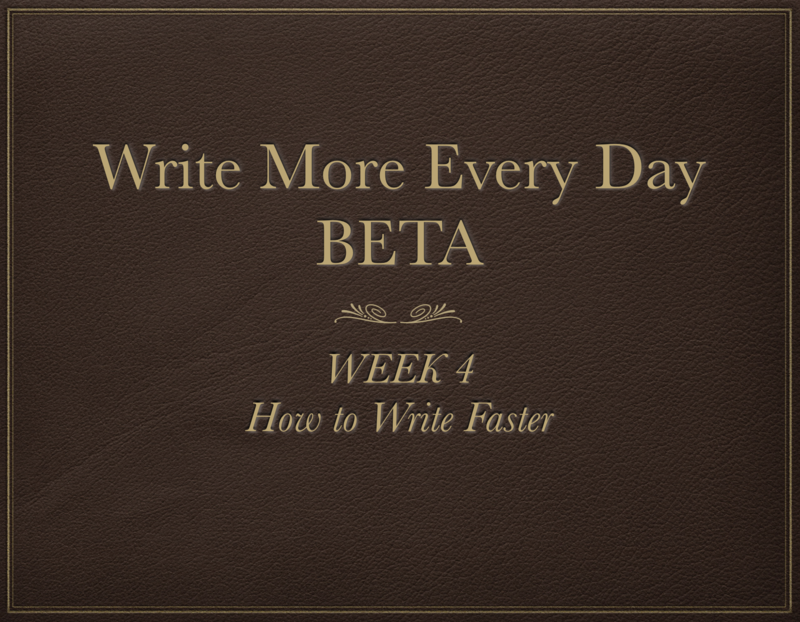
I initially planned to teach 6 lessons on different parts of writing and have 6 Q & A calls in the second half of the program, but allowed myself to be flexible with my plan.
As we started working through the program and I kept asking my students what else they needed help with, as well as paid attention to the challenges they still e-mailed me about, I began to expand the curriculum into a 10-week curriculum.
In the end, we covered everything from how to create a writing habit, decide WHAT to write, come up with ideas what to write, research, outlining and editing, writing faster, writing when life gets in the way and even the mental game of writing.
Then, we wrapped up the program with 2 exciting “hot seat sessions” where we helped each other with any outstanding challenges we had around writing.
We delivered all the lessons in the program live, and I was surprised by how many people kept showing up to the calls week after week (we even had 3 students join the calls in the middle of the night!).
Then, through the weekly tracking and accountability e-mails, I could see what’s actually working and what isn’t, and make notes to further improve the program in the future.
We collected 2,000+ data points on writing
One of the coolest things we did in the program was that we used a dedicated “writing tracker” to track ALL the writing we did in the program.
This meant that more or less every single writing session was documented and could be analyzed so we could collect real data on what’s working and what isn’t.
We tracked things like:
- How long the sessions were
- How many words were in a session
- When the sessions took place
- The speed of writing (in words per hour)
- The energy levels before writing
- Focus during writing
- …and more
This helped us see patterns and insights on individual basis (and group basis) that we wouldn’t see otherwise.
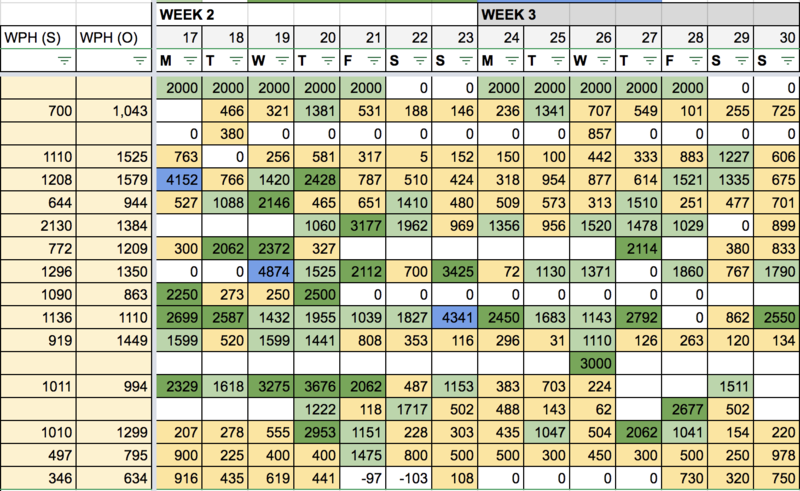
A nerdy spreadsheet with daily writing data, words per hour (month by month), and more…
We could see things like:
- WHEN are the best times to write (and how these times are different for different people)
- How energy levels impact our focus and how fast / how long we can write
- Which specific habits, activities or tricks help us write more
- What makes us write slow (or fast)
- What makes it more difficult for us to have longer writing sessions
- …and so much more
Altogether, we’ve collected data from roughly 2,000-3,000 writing sessions from our students that we can use to come to better conclusions in terms of what REALLY helps us write more.
A lot of the things that we learned were really counterintuitive and surprising, and I’ll be sharing some of those in my next e-mail, so stay tuned!
We exchanged (and analysed) 481 e-mails with our students
During this program, I experimented with a new accountability system that I hoped would help my students write really consistently, and identify any obstacles that came their way.
I got the idea from my nutritionist, who I pay hundreds of dollars each month to keep me on track with my diet. I e-mail my nutritionist 2x/week with my bodyweight, and tell him what’s working and what’s not working. Then, he helps me out with any obstacles in my way and adjusts my diet when necessary.
As this kind of accountability worked extremely well for me, I wanted to see how it worked for my students as well.
That’s why I asked my students to send me weekly updates on how much they’ve written and any things that worked well / didn’t work well last week.
Looking back, this was one of the best things that we could have done in this program.
Not only did a lot of the students absolutely LOVE the accountability, I could also see all of their obstacles they were running into on a weekly basis, and see patterns among them.
I could see exactly which techniques and strategies from our weekly calls worked, and what didn’t work – so I could improve them in the future. I would also often get completely new ideas for solutions from my students that I wouldn’t think of myself.
Throughout the 12 weeks, I exchanged exactly 481 e-mails with my students, which would serve as additional data points for helping us improve the program in the future.
We kept talking to our students throughout the program
Even though the program was working really well, I wanted to continue digging deeper and deeper into the topics we talked about.
I wasn’t satisfied with good results, I wanted to find ALL the possible obstacles my students were running into, no matter how minor, as I knew that even small details (like going to a coffee shop during lunch hour when a lot of people are loud and rowdy) could often get in the way of efficient writing.
Even though the research kept piling up every week, I wanted to get to the bottom of cracking the writing game.
That’s why I continued to talk to my students regularly.
I encouraged them to ask me any questions they had in the WhatsApp group we had set up for the program, I sent out 2 detailed feedback surveys throughout the program, and I performed 45-minute customer research calls with 15 students at the end of the program.
Slowly but surely, I could see more and more patterns emerge, and I could feel like I had a deeper and deeper understanding of what it really takes to write great content consistently and efficiently.
We created a 53-page Google Document with all the insights from the program
We collected A LOT of data points throughout the program.
From tracking the 2,000+ writing sessions, to exchanging 481 e-mails, to answering hundreds of questions on the live coaching calls and in the WhatsApp group, we collected a mountain of data on writing that I haven’t seen anywhere else before.
We organized all of this data into a 53-page Google Document that we keep adding to as we review all the customer research interviews and coaching call recordings from the program.
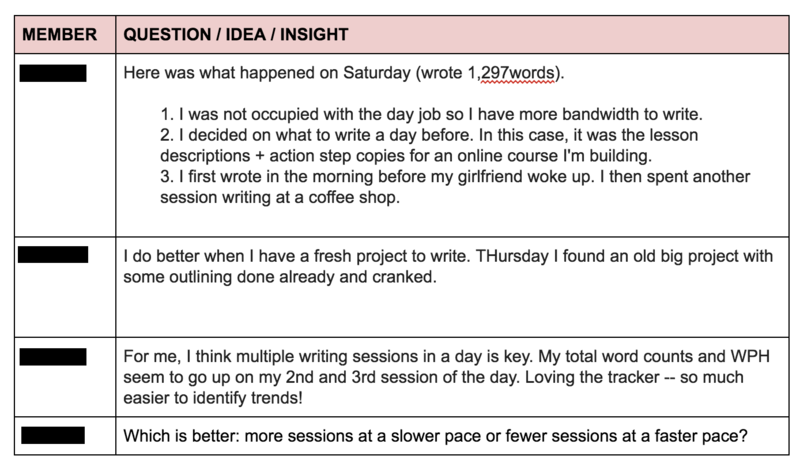
This is helping us find the “sticking points” in the program and find ALL the questions that our students ever have about writing (and make sure we answer these questions in a way that helps them get over their sticking points).
Why all of this hard work is worth it
This is a lot of data, and it can feel overwhelming to work through it sometimes. My assistant and I have spent tens of hours putting together this document, organizing it and analyzing the data.
But each day it feels like we’re getting a more and more complete view of the puzzle of what really helps people write more (and what doesn’t).
At the end of the day, we know that doing the hard work is worth it, as it will help us create an even better iteration of the program in the future (which we’re already working on, and I’ll let you know about soon!).
It’s also worth it because we keep running into new, surprising insights that feel like finding hidden gems, and help us completely change the way we think about writing.
And then, we can share these ideas with the world, and change the way we ALL think about writing.
Speaking of insights, I’ll be sharing some of my favorite unexpected insights I learned about writing from this program in my next blog post, and I know they’ll surprise you as much as they surprised me.
To make sure you get these, leave your name and e-mail in the box below (and get my free e-book that will help you write some of the best content online).
I’ll see you in the next post!
-Primoz
